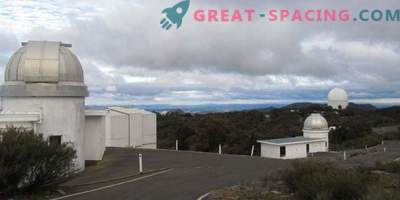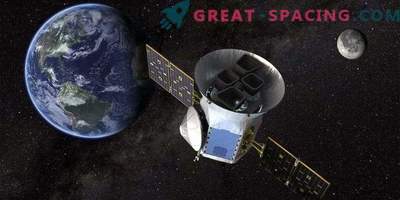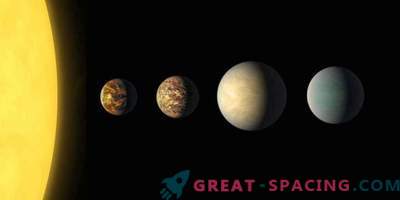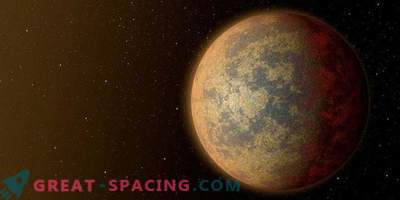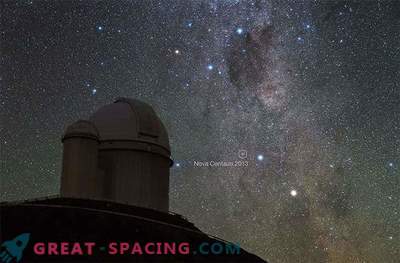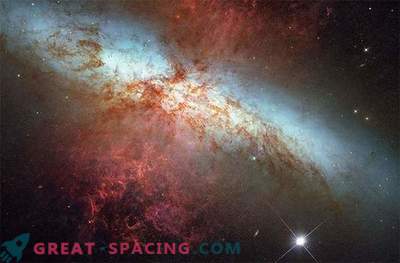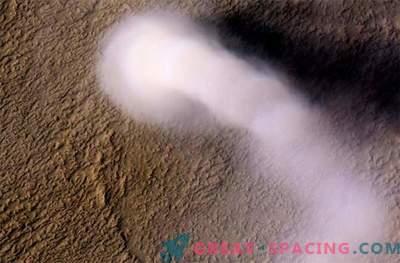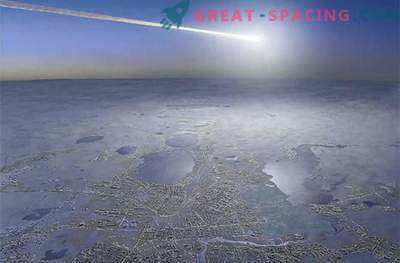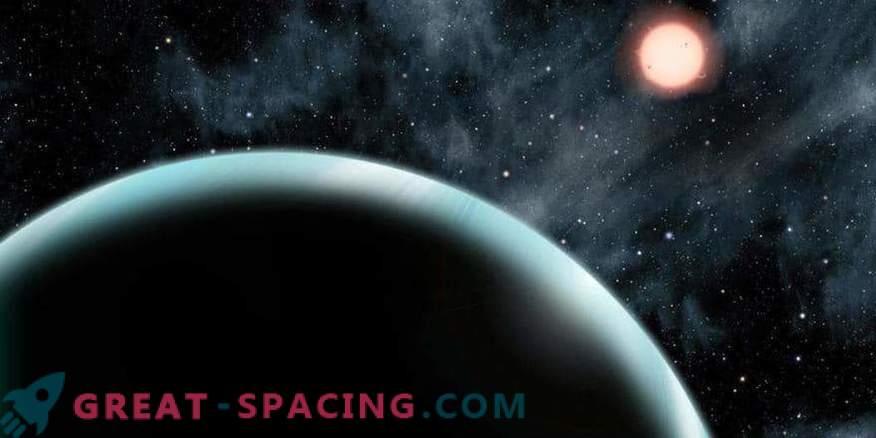
SPIRou is a new spectropolarimeter and a hunter for alien worlds, created for the Canada-France-Hawaii telescope (CFHT). He managed to successfully register the first starlight. 10 years after it was designed and after 4 months of intensive installation on a telescope, this international instrument is at the initial stage of its scientific operations. That is, he will search for alien worlds around the nearest red dwarfs.
After passing through the IRAP, the instrument was methodically disassembled and packed by the telescope team members before being delivered and reassembled for CFHT, observing the optics calibration to the micrometer accuracy. After 10 years of hard work, an important step was taken on April 24, 2018, when SPIRou recorded the first light collected from AD star Leo. The high activity of the star and the extremely energetic flares created as a result of spectral disturbances made the object a noticeable target for testing.
Over the course of several test days, SPIRou assembled an amazing collection of 440 spectra, demonstrating some new features in the process. For example, SPIRou observed red dwarfs (cooler than the Sun), including our system’s closest neighbors. The device also tracked several hot stars, the IR spectra of which show telluric lines caused by the earth's atmosphere. To search for alien worlds, SPIRou uses the tracer visualization method, which uses the Doppler effect to detect tiny stellar fluctuations hinting at the presence of worlds. SPIRou is expected to play a key role in future studies of nearby planetary systems in coordination with other ground and space instruments, such as TESS, PLATO, and James Webb.
After transporting 10 tons of equipment from Toulouse to Hawaii, SPIRou was installed and assembled on the third floor of the CFHT telescope with the help of a team of French and Canadian engineers. The operation required tremendous accuracy and cooling down to -200 ° C, which makes it possible to record the weak spectral signatures induced in starlight.

